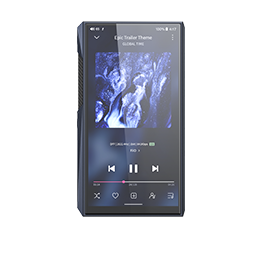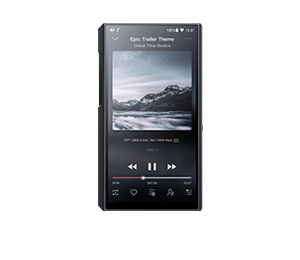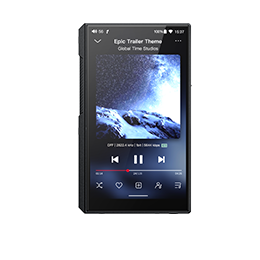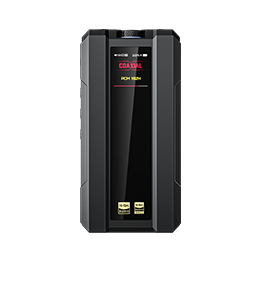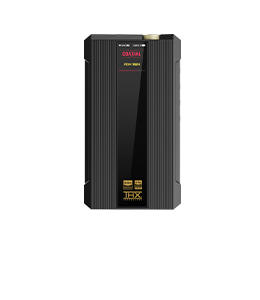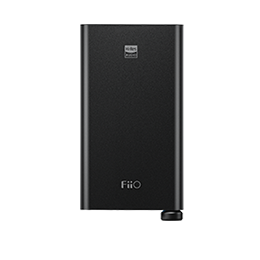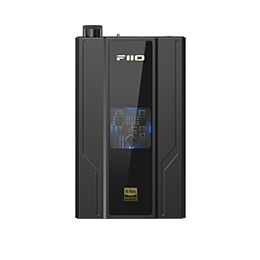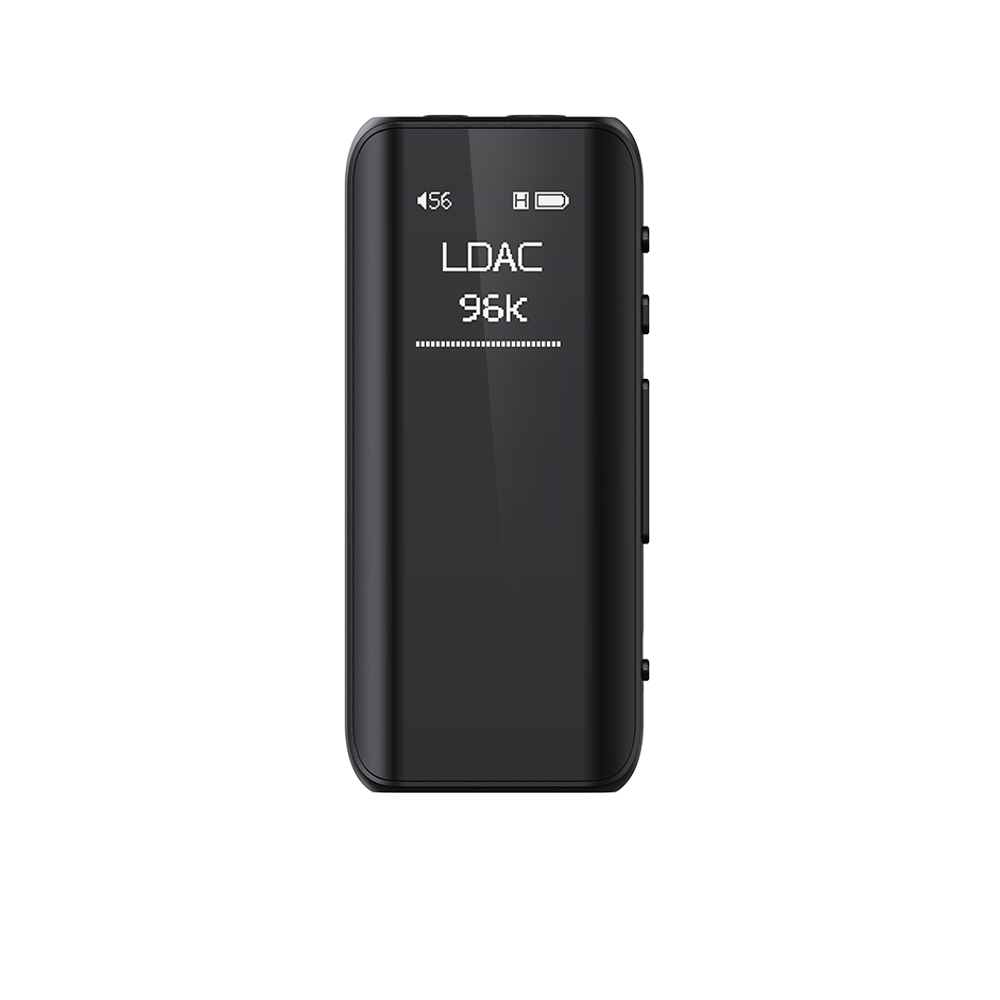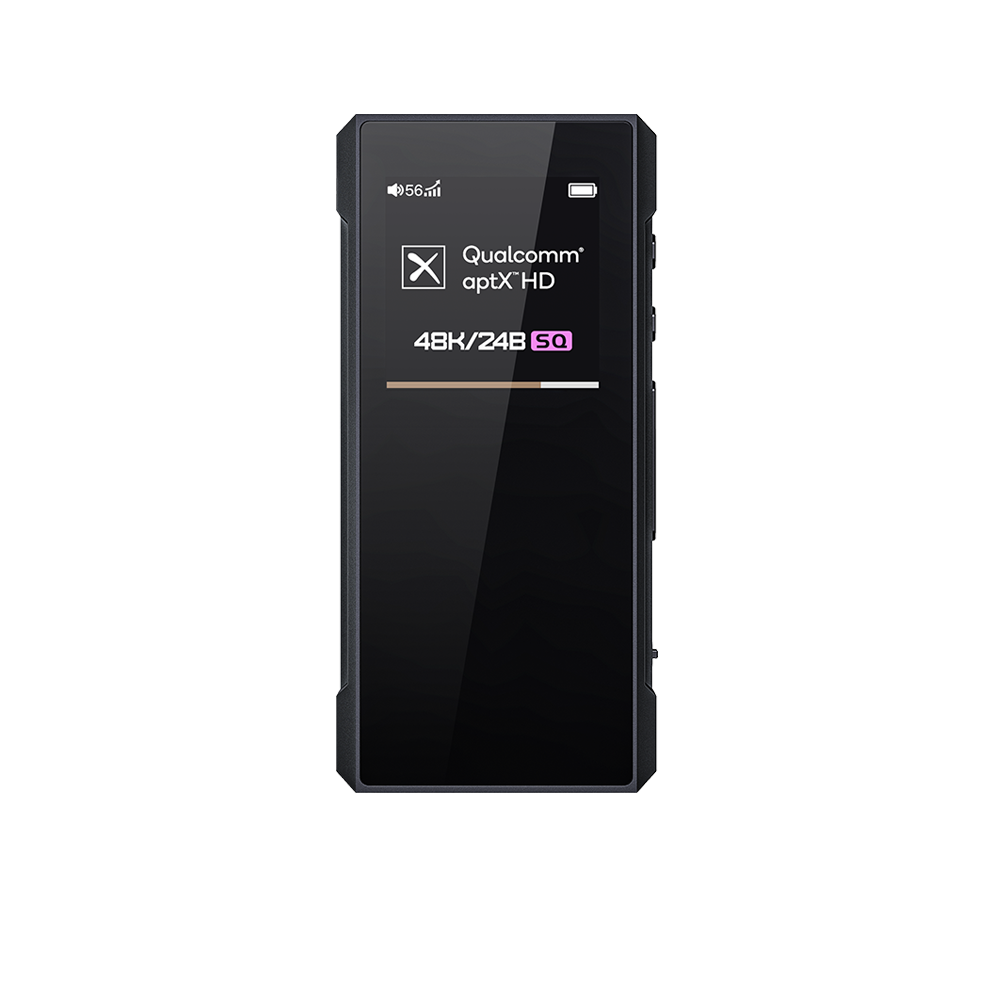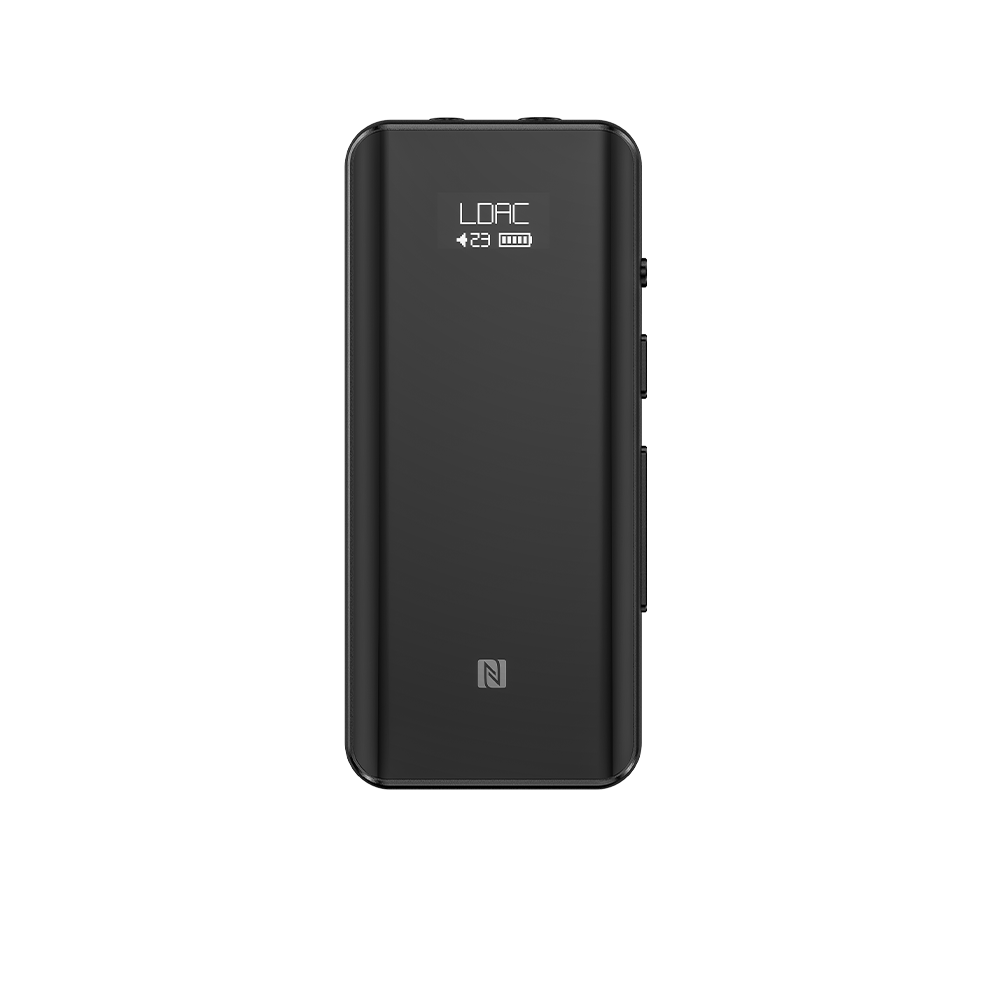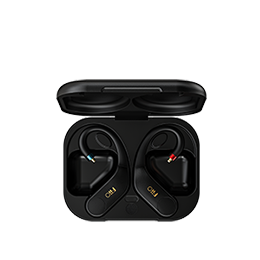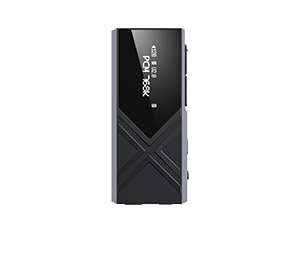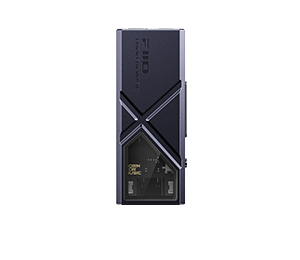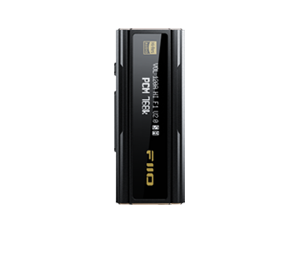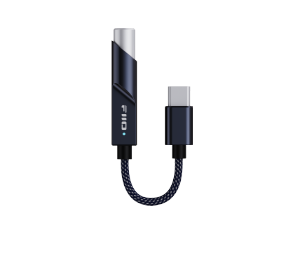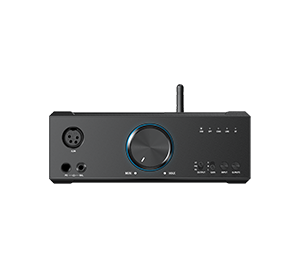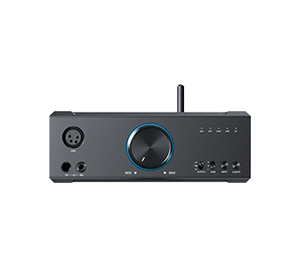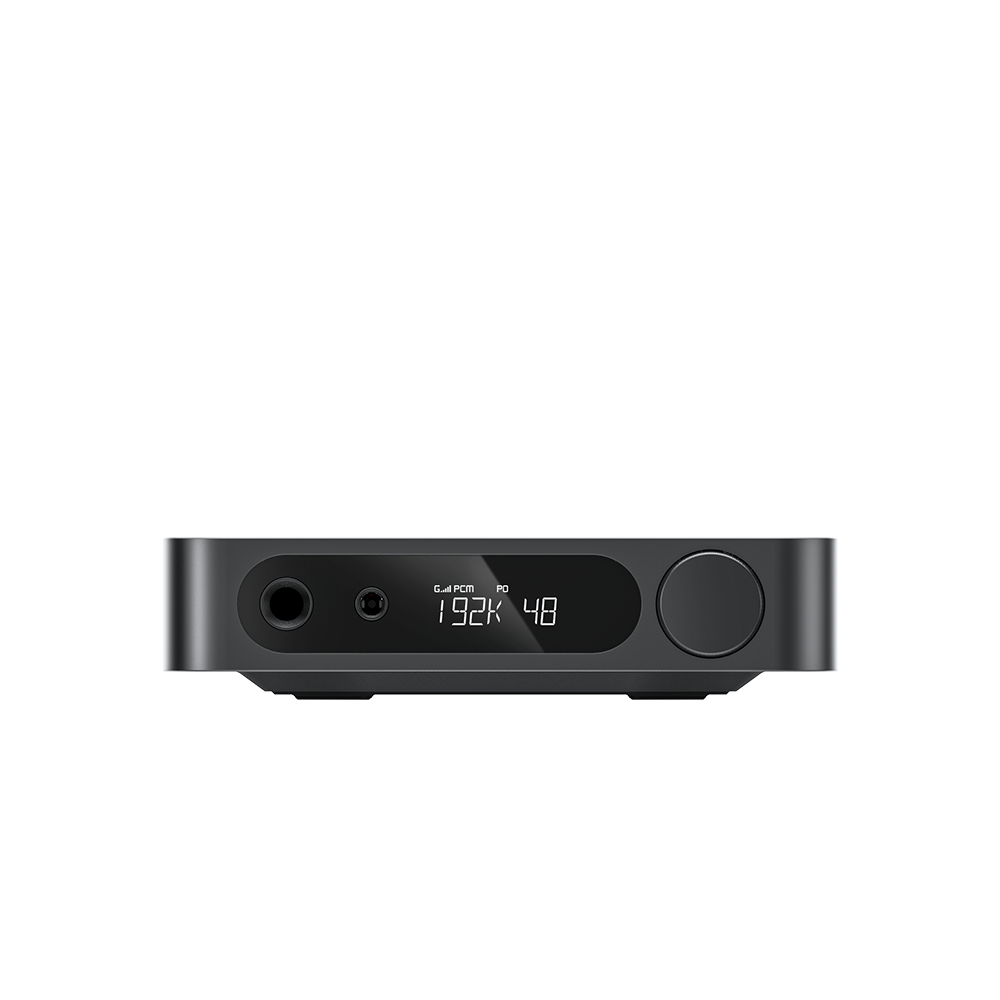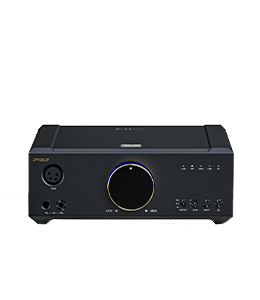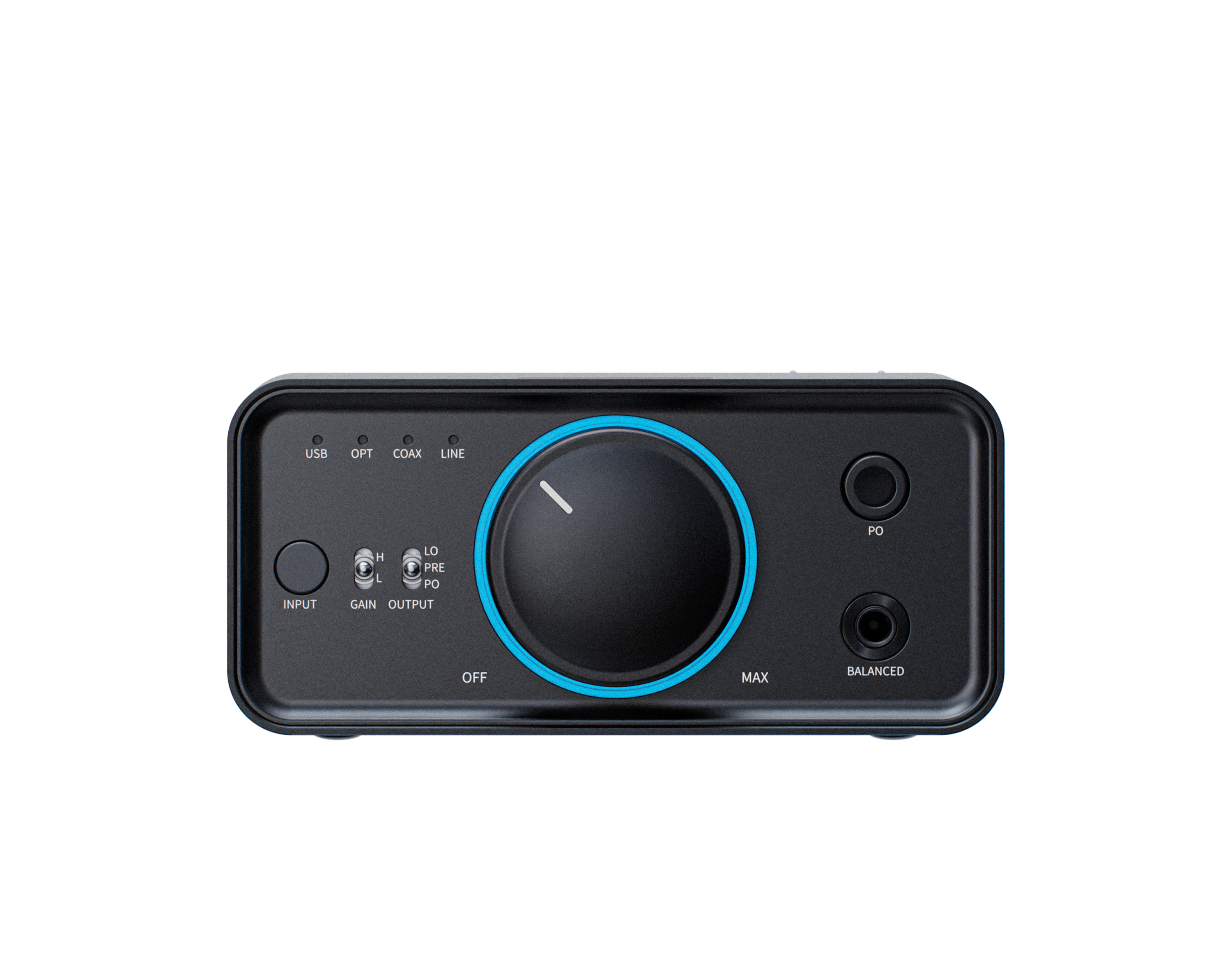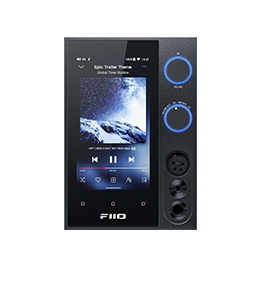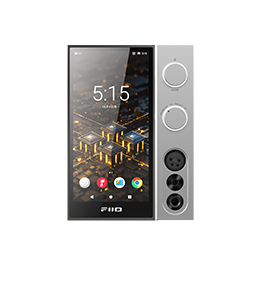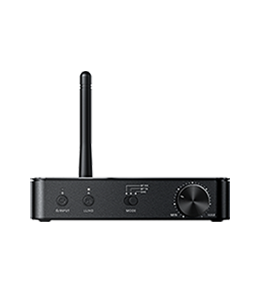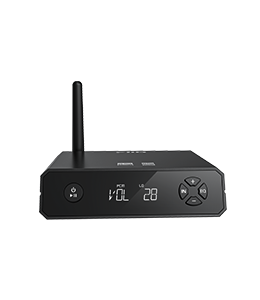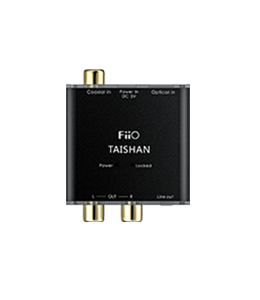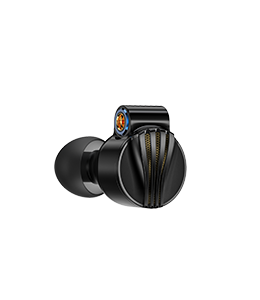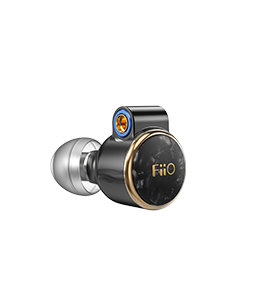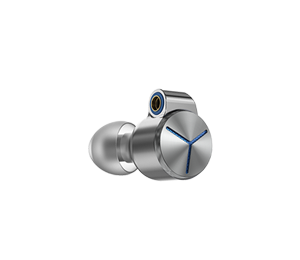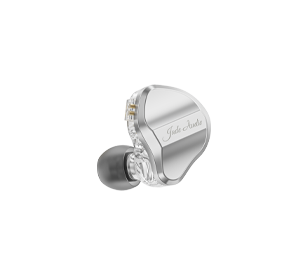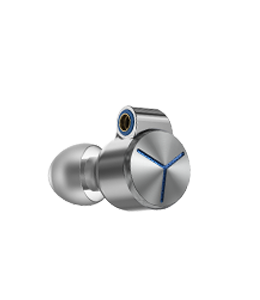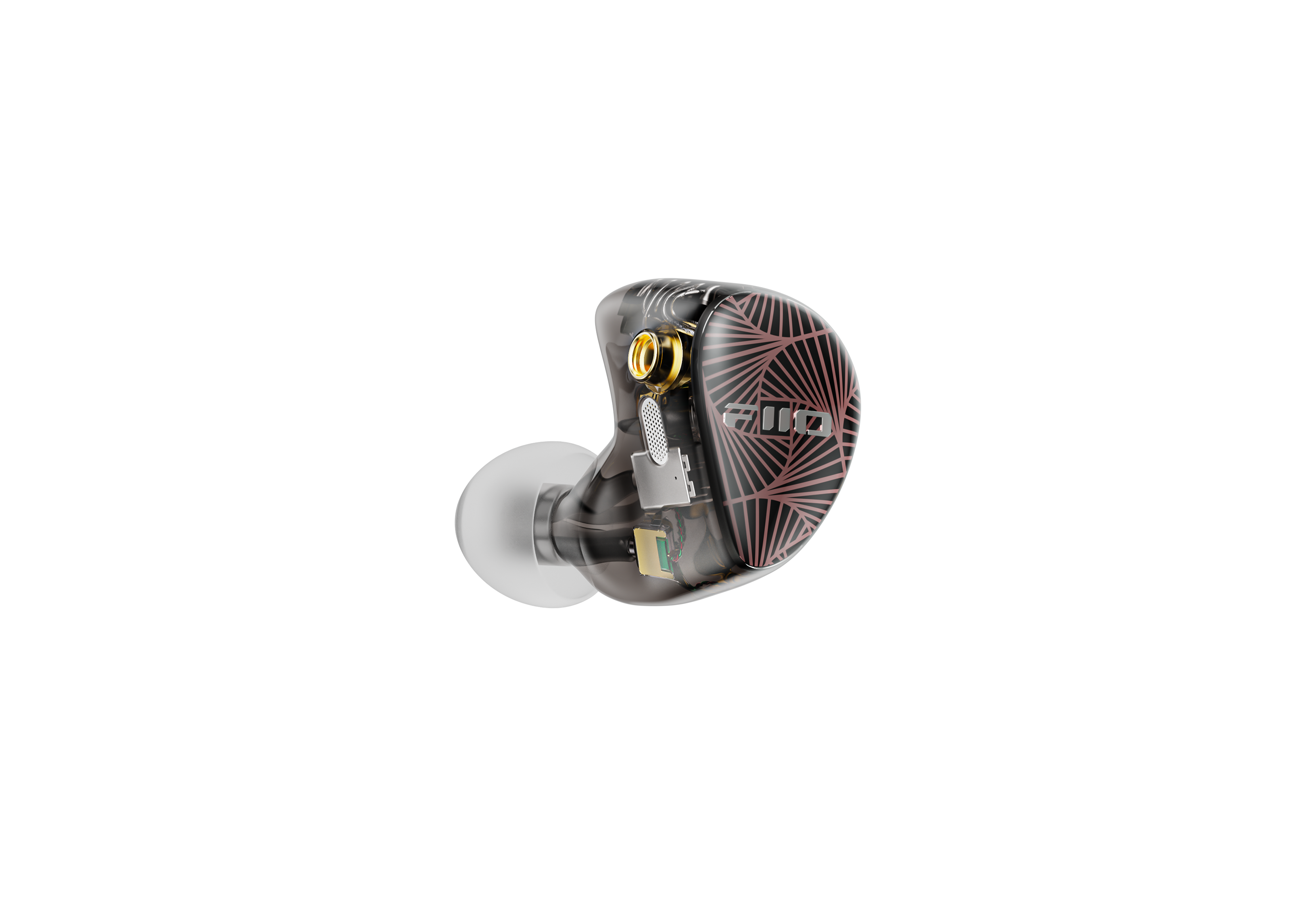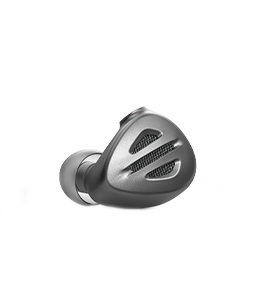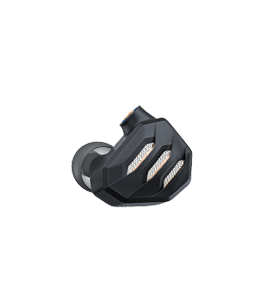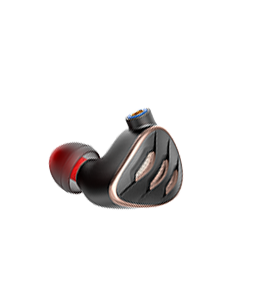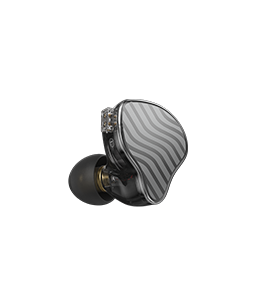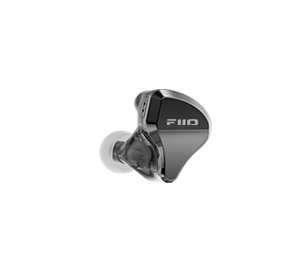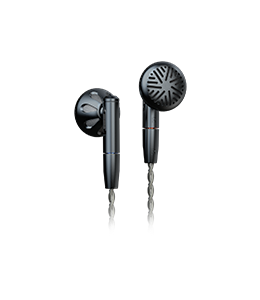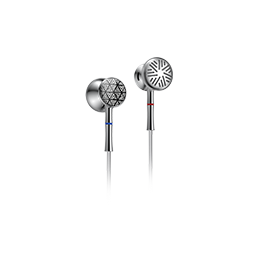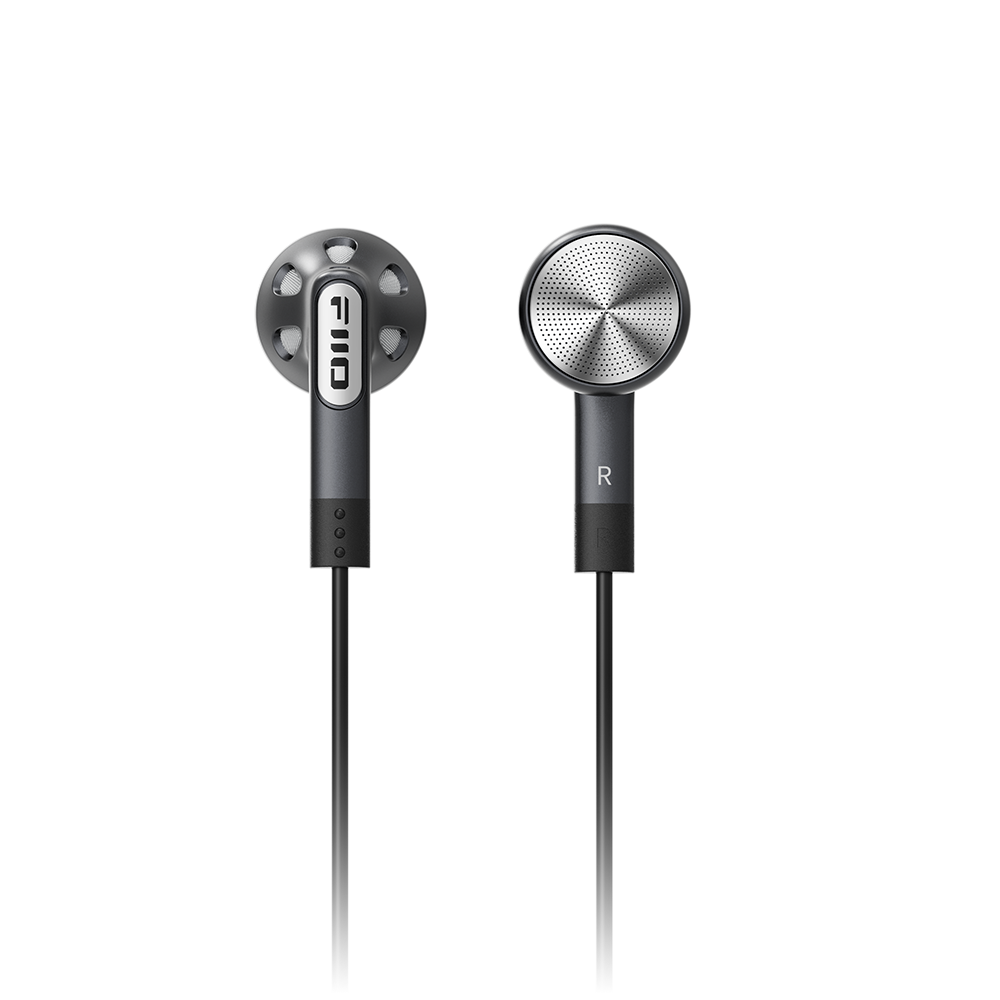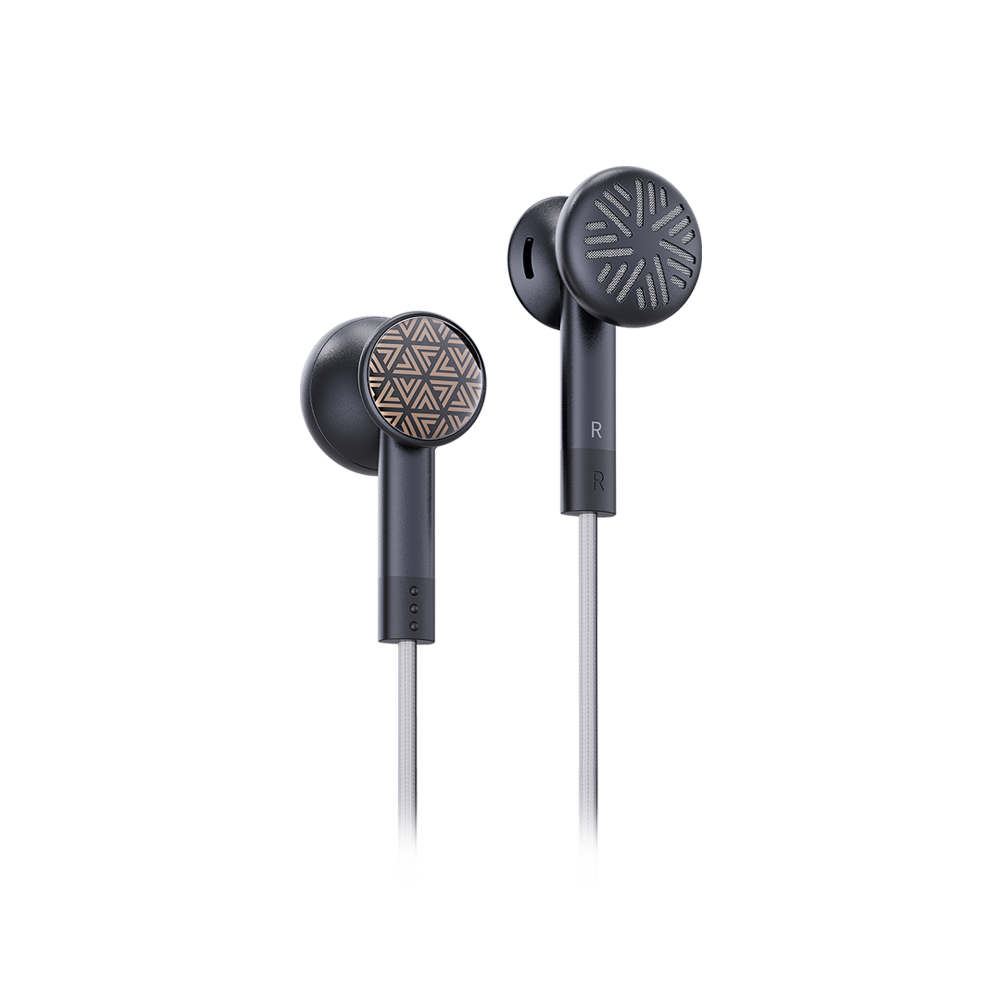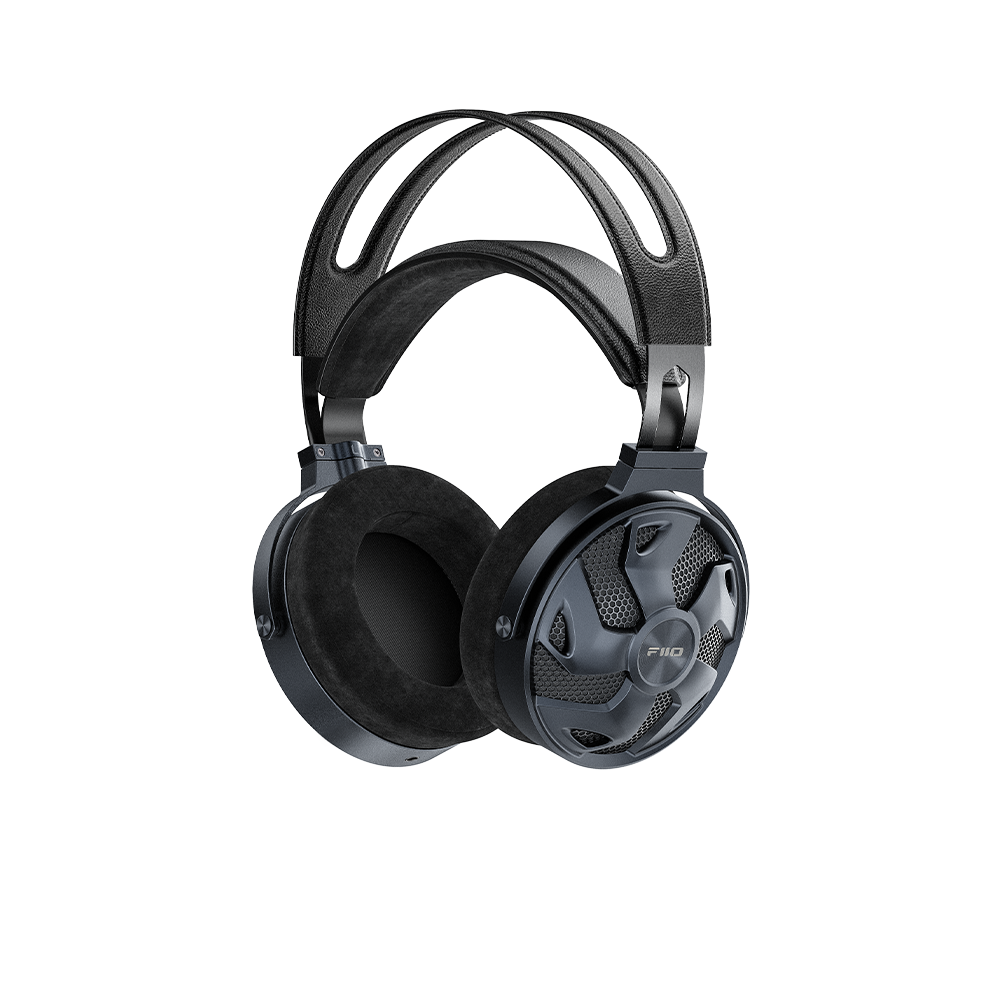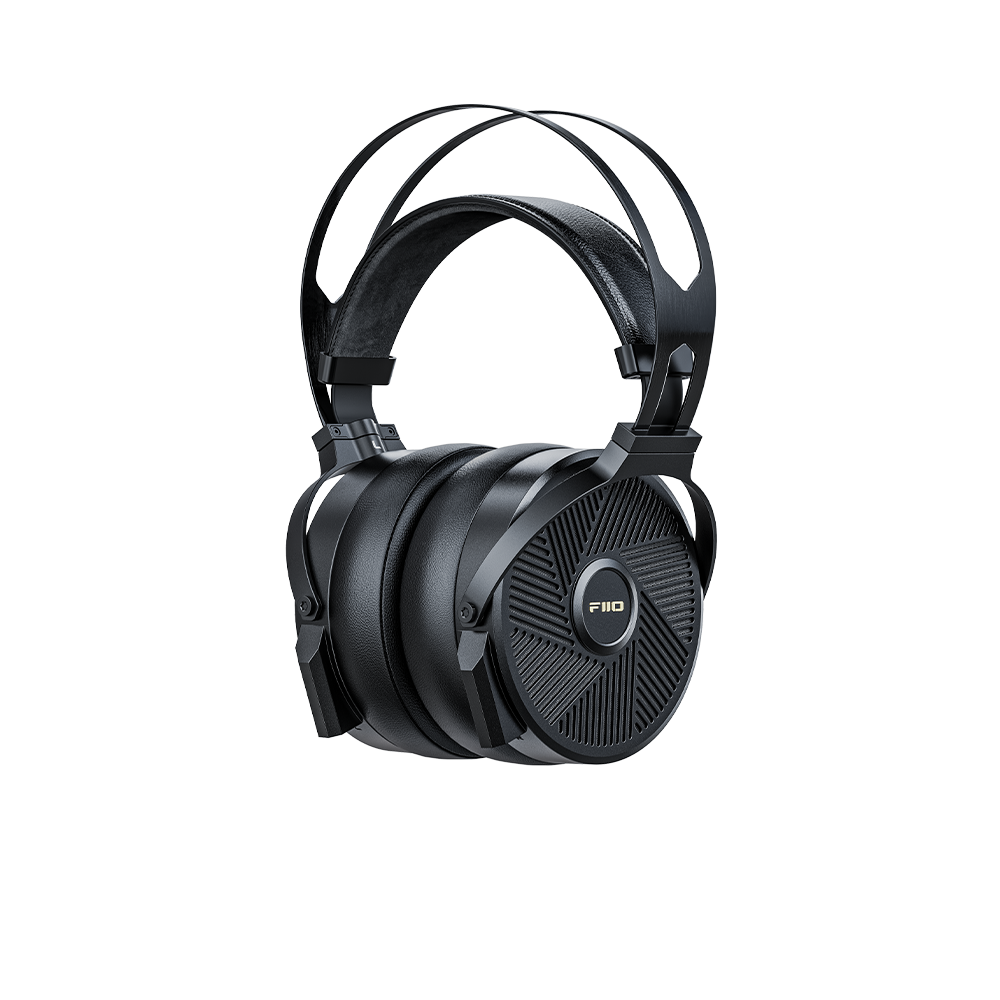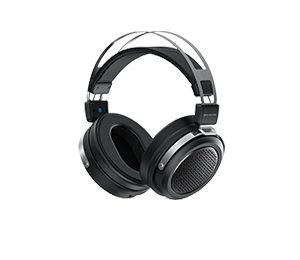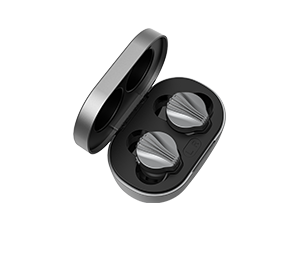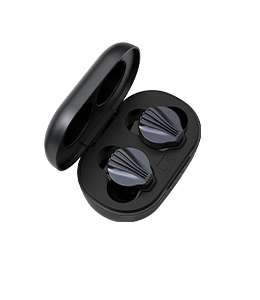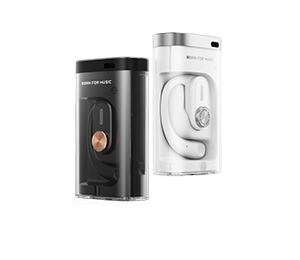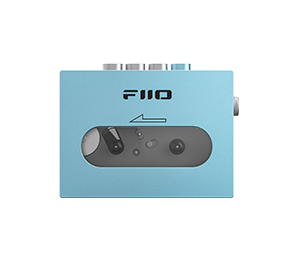Fiio F9 Pro Review – Pure Clarity
Author:RYAN SOO
Review from:Everydaylistening
→→ Read the original article on Everydaylistening:>> Click here
Introduction –
Fiio have grown from a small manufacturer to an industry juggernaut in the span of just a few years due to their competitive pricing, eye-catching designs and consistent performance. Their myriad source devices played an integral role in their popularisation but with competition filling the market to saturation, it is clear that other innovations represent the next evolution of Fiio. The F9 was that essential Fiio in-ear for the vast majority, an earphone that thrived on clarity and detail presence.
However, that earphone also had critic dividing flaws, most notably, a treble spike within the lower treble that could make it sound quite unnatural. As such, Fiio have produced the F9 Pro, a continuation of original utilising the same triple hybrid driver setup but with improved balanced armature high-frequency drivers. This is an interesting progression of the F9 and certainly a step in the right direction while retaining a lot of the charm of the original. Let’s see whether the Pro’s refinements justify its increased $145 asking price.
Disclaimer –
I would like to thank Sunny from Fiio very much for her quick communication and for providing me with the F9 Pro for the purpose of review. All words are my own and there is no monetary incentive for a positive review. Despite receiving the earphones free of cost, I will attempt to be as objective as possible in my evaluation.
Accessories –

The F9 Pro has a comprehensive unboxing congruent with Fiio’s other offerings. The earphones come with a bolstered accessory set when compared to the original model, comprising of the same terrific pelican style hard case in addition to a plethora of ear tips. Fiio also provide a small zippered fabric case that is far more portable, not to mention pocketable.

Regarding tip choice, Fiio include various types of tips, each with their own distinct sound; 3 pairs of bass eQ tips, 3 pairs of standard tips and 3 pairs of firmer, brighter tips. Fiio also include 3 pairs of one-size fits all memory foam tips that dampen the treble slightly and provide greater noise isolation. Underneath are the two cables, a braided balanced unit and a regular 3.5mm cable with a remote/mic.
Design –
The original F9 was an impressively constructed earphone and the Pro is mostly identical but with subtle tweaks that elevate the user experience. The most noticeable change stems from the Pro’s new colour scheme, assuming a lighter, bluer hue of grey that better coordinates with Fiio’s sources. The MMCX angle has also been adjusted, now accommodating cables with bulkier MMCX connectors such as the Penon OS849. In addition, the Pro has coloured indicators on the inner face of each earpiece that enables easy orientation.

Otherwise, the experience is very much the same, the F9 Pro carries a solid aluminium build with a satin texture. Ripples propagate along its face producing a very dynamic aesthetic in addition to some additional tactility when swapping cables. The earphones are smoothly formed and ergonomic with a medium fit depth. They have a perfectly angled stem with a lipped nozzle fitting the majority of ear tips such as Sony Hybrids and Spinfits.

Due to a multitude of vents on the inner face of each earpiece, the F9 Pro provides just average levels of isolation, just sufficient for public transport but they’ll get drowned out in louder environments. They are relatively low-profile and can be slept in comfortably, they also produce average amounts of wind noise despite their rippled texture. The F9 Pro wears comfortably, with a minor ache forming at the rear of my ears after several hours due to their slightly larger dimensions.

The F9 Pro utilises a removable MMCX cable system. The connectors are very tight and clicky, and though my left earpiece was notably looser than my right one, this didn’t produce any intermittency. It would seem that Fiio have appended the issues that afflicted the F5. The standard remote cable is mediocre, rubbery and thin with adequately relieved terminations. The mic is quite clear and the buttons worked perfectly on both my HTC U11 and iPod Touch 6G. The balanced cable is a lot nicer however, with a 4-wire braid and smooth, incredibly supple sheathing. The cable has nice metal connectors with an improved right-angle plug that is far better relieved than that on the F9. The earguides are pre-formed rather than using memory wire, they were well shaped and stable for my ears.
Sound –

Tonality –
With a more linear treble response, the F9 Pro forgoes the analytical v-shaped signature of the original in favour of a more balanced u-shaped tonality with more tasteful brightness. Bass is enhanced over neutral but rarely becomes the focus of the sound while mids are clear and well-present, especially with regards to upper mids. Treble is emphasized with a notable lower treble hump though the F9 Pro avoids becoming over-forward within the higher-frequencies as the original could. Considering Fiio’s asking price, this is a very nicely balanced take on a brighter signature and one that is well-compensated by tasteful bass enhancements. They are immediately more natural and balanced than the original model, not to mention, the vast majority of competitors sitting around the $100 mark.
Bass –
The F9 Pro’s low-end delivers relatively agile notes with nice punch and slam. Bass is skewed warm and its quantity is slightly lifted though never to the extent that balance and control are compromised. Interestingly, the Pro differs noticeably from the original F9 despite using the same dynamic driver. This is most likely a result of reduced treble colouration, with more restrained treble emphasis netting increased overall balance and subjectively greater perceived bass emphasis. So where the original F9 was mid-bass orientated and more reserved in its tuning, the more balanced Pro has perceptibly more bass depth and sub-bass impact if similar extension. Upper-bass is also elevated to a small degree, producing a slightly organic but otherwise uncoloured lower-midrange presentation.
By lowering the treble as opposed to boosting the Pro’s bass, the new F9 manages to sound appreciably fuller without compromising nuance, in fact, it’s quite the opposite. Due to greater linearity, bass has more density and body without sounding overly warm, thereby keeping bloat in check. Though sub-bass is still a little slow, this tuning does create more defined bass notes with reduced mid-bass focus enabling greater detail to shine through. As a result, though similar to its progenitor, the Pro represents a step up in quality with more accurate texture and tone. Through these alterations, the Pro sounds more natural and linear into the midrange frequencies in addition to sounding cleaner and more defined within the lower registers.
Mids –
With a slightly brighter signature, the F9 Pro focusses on clarity and energy over dynamics and body but it remains a remarkably accurate performer overall. The Pro is immediately more natural than its predecessor due to reduced treble colouration and relatively increased bass presence; they no longer require the adjustment period of the F9, simply sounding correct. Some clarity is compromised, but the F9 Pro produces a far more neutrally bodied and discerning presentation than before while remaining clear and immediate. Male vocals sit slightly behind, though the lower midrange is quite transparent and accurately bodied with bass spill being a non-issue. Lower midrange elements such as piano and guitar are full without becoming tubby producing defined and well-delineated notes. Though not an especially warm earphone, some tinges are present which grants the Pro with a slightly more organic lower midrange presentation.

Upper mids tell a similar story, higher elements are slightly forward with more clearly enhanced clarity, but vocals never encroach upon fatigue or stridence. Again, the Pro’s more linear treble tuning creates more accurately voiced vocals, alleviating the unnatural presentation of the original almost entirely. As a result, the Pro really excels with female vocals that are clear and sweet with great projection and resolution. The Pro also has a far smoother upper-midrange to lower-treble transition that greatly aids detailing and separation as the finer details are no longer overshadowed. Resultantly, the Pro not only retrieves more background detail, but foreground details are presented with greater realism and separation, creating a sound that is appreciably more nuanced and considerably more musical.
Treble –
The original F9 swung hard with its treble, some would say it was even a little ham-fisted in its approach. That said, it was still a well-detailed and resolving earphone that was mainly let down by its isolated lower-treble spike. The Pro isn’t much darker rather, treble is just slightly more restrained in emphasis and that emphasis itself extends over a larger range of frequencies. As a result, treble is more linear, lacking most of the peakiness of the original, and highs are more bodied and realistic if similarly forward in the mix. These improvements begin with the lower treble that retains the same aggressive detailing of the original with an extra layer of cleanliness and separation on top. Guitars are very crisp with great attack and resolution of micro-details, and cymbals, though still slightly thin, are well textured with pleasing decay.
The F9 Pro’s treble emphasis declines smoothly into a linearly extending middle and upper treble, granting the Pro great air and consistent instrument placement. Through this, the Pro also avoids sounding overly busy or crunchy within the higher frequencies when listening to complex tracks. Extension is very impressive considering Fiio’s asking price and a noticeable improvement over the original, contributing to heightened separation and micro detailing throughout. High-hats, in particular, are delivered with accurate shimmer and notes within the highest registers avoid truncation. Instruments are also presented with copious air and treble remains linear into the upper registers if with slightly less accentuation than lower treble elements. Treble has great resolution and clarity while remaining cohesive and the F9 Pro achieves its nuance not through exaggeration of a particular frequency zone, but through terrific quality and extension.
Soundstage, Imaging and Separation –
The F9 Pro produces a well-sized stage that reaches to the periphery of the head but very rarely extends beyond. They combine great width with nice depth to create a multi-faceted if not totally immersive presentation. Imaging is notably improved over the F9 as is separation on account of the Pro’s more balanced, extended sound. The Pro’s enhanced clarity and upper midrange/treble energy deliver directional cues with great accuracy and a strong centre image. The F9 Pro’s relatively uncoloured sound produces defined layers that weave a coherent and accurate presentation.
Drivability –

The F9 Pro retains the same 28-ohm impedance and 106dB sensitivity of the original making it similarly easy to drive. As with the F9, it isn’t overly sensitive to hiss, essentially silent from the balanced output of my X7 II w/AM3A in addition to my HTC U11. It delivers plenty of volume from portable sources with adequate sensitivity to compensate for louder environments. The Pro isn’t overly affected by output impedance but its resolving nature does enable it to benefit from a similarly resolving source. That said, the Pro’s more natural sound makes it notably less particular about source synergy than its predecessor; so where I preferred to run the F9 from my warmer Chord Mojo and Alien+, the more neutral tones of the X7 II provided the most transparent pairing with the Pro. Fiio are also pushing balanced connectivity with the F9 Pro, I noted similar changes with slightly more separation and space though again, this could be due to the fact that the balanced cable is notably enhanced over the regular 3.5mm remote cable.
Comparisons –

Fiio F9 ($100): Both are similar in design with identical ergonomics. Of note, the Pro assumes the design of later revision F9’s. Unsurprisingly, the Pro also sounds similar to its progenitor and the most immediate differences stem from the treble response which isn’t as peaked on the Pro. As a result, the Pro is more balanced, notably smoother and more bodied. Bass slam is relatively increased and lows are both fuller and more defined overall due to lesser mid-bass focus. Mids are similarly present and both carry a more clarity orientated sound. However, the Pro has greater body and sounds considerably more natural and less sibilant due to its more linear nature.
Lower mids have notably increased body, making instruments sound a lot more realistic in timbre. Within the higher-frequencies, the Pro is immediately more detailed and more separated while remaining revealing, clear and airy. Extension is improved and the highest notes are far better resolved. The Pro produces a similarly sized stage but imaging is improved and separation is just as strong. The differences aren’t enormous (and, for that matter, neither is the price jump) but they do culminate to produce a notably enhanced listen.
Simgot EN700 Pro ($150): The Simgot is a much larger earphone but one that finds a similarly comfortable fit. Neither isolate well, both sport a removable cable but the Simgot 8-core unit looks and feels more substantial while remaining practical. The EN700 Pro is the smoother, warmer and more laid-back earphone while the F9 Pro is more u-shaped and engaging. The F9 Pro delivers firmer sub-bass slam while the EN700 Pro focusses on greater mid and upper-bass body and is warmer in tone as a result. The F9 Pro has a tighter bass response with a more neutral tone possessing greater transience and higher definition. The F9 Pro has a slightly drier, more recessed lower midrange while the EN700 Pro sounds a little clearer and a little more present but also warmer and more bodied.
The F9 Pro delivers a clearer, more present upper midrange. Female vocals sound more immediate but both are very clear yet naturally voiced. The F9 Pro delivers notes with greater attack while the EN700 Pro leans towards the smoother side with a more refined treble response. The F9 Pro is unsurprisingly crisper and brings micro-details more to the fore while the EN700 Pro is well-detailed but less concise in its delivery. The F9 Pro has better treble extension and far greater air up top but it may fatigue those unacclimatized to a brighter signature. Despite this, the EN700 Pro is notably more spacious, perhaps on account of its design. Both image very well, the F9 Pro has better separation. The Fiio will suit analytical listeners, the Simgot is more musical and listenable long-term.
Meeaudio Pinnacle P1 ($200): The P1 is smaller and produces a more stable, isolating fit. It has a solid removable cable and can be worn both cable up and down. The Meeaudio pursues a similar brighter tuning but it is less linear than the F9 Pro and slightly more engaging. Sub-bass extension is better on the F9 Pro and sub-bass impact is greater. The P1 produces a notably warmer mid-bass response yet it is tight, agile and well-controlled, delivering more defined notes than the Fiio with greater punch. Lower mids are more scooped on the P1 but both are similarly clear and defined. The P1 sounds slightly more organic due to its increased warmth. Upper mids have similar presence but the F9 Pro has greater clarity at the cost of realism where the P1 is more refined and nuanced in its delivery. The P1 has a similarly boosted lower treble response, it isn’t quite as bright as the F9 Pro, but also isn’t as linear into the higher frequencies.
As a result, they both retrieve similar details with similar aggression, the P1 has perhaps even greater attack but this does comprise texture and realism. The P1 smooths off above again, like the F9 Pro, and both extend very well. That said, the F9 Pro is more linear and resolving within the upper registers. The P1 has a wider stage than the F9 Pro while the Fiio has more depth. The P1’s greater speed and midrange resolution grant it with similarly accurate imaging, but the more vivid Fiio does separate a little better. Both are incredibly resolving earphones considering their asking price, the P1 has superior ergonomics and sounds a little more natural within its midrange while the F9 Pro is more resolving up top.
1More Quad Driver ($200): The 1More is more meticulous in its construction but the F9 Pro holds a large ergonomic and isolation advantage. It also has a removable cable that the Quad Drive lacks. The 1More Quad Driver is warmer, more bodied and darker throughout. It has more bass emphasis with a tighter sub-bass impact mated to larger mid-bass slam, imbuing its presentation with warmth and body. The Quad-Driver also has greater upper bass elevation, it sounds tubbier, slower and less defined but also denser and more impactful. Lower mids are warm yet well-defined on the 1More, they are a little more present than the F9 Pro but lack the same clarity and transparency. Upper mids are very different, the 1More is darker and thicker, female vocals are far more laid-back but still possess nice layering and resolution.
The F9 Pro is more forward with far greater clarity and aggression into its lower-treble. The Quad-Driver has a considerably more laid-back lower-treble response that sounds crisp but lacks a lot of attack and foreground detail in comparison to the Fiio. The 1More has a spiked middle treble that can sound a little tizzy where the F9 Pro is more linear. The F9 Pro has better extension despite its lower driver count and treble is considerably more resolving and defined than the 1More overall. Both construct a large stage, the Fiio is a little larger though the 1More sounds very multidimensional, quite a unique trait to this earphone. On the contrary, the clearer, more neutral Fiio separates a lot better. The Fiio is easily the more technical earphone but the 1More’s smoother sound is less fatiguing and it has a more standard fit.
Verdict –
Though almost identical on the surface, some small but very intentional tweaks here and there produce a considerably more compelling experience than previous models. With slightly updated cosmetics and a more practical MMCX solution, the new Pro is also more pragmatic than ever before. The biggest upgrades no doubt arise in listening where the Pro’s wider band treble emphasis and more balanced, linear tuning create a notably more discerning listen. And despite their increased price, the Pro ends up being far better equipped than the regular F9 to challenge similarly priced competitors, representing a fine step up from the heavy hitters in the $100 category.

Because I have no hesitation donning the F9 Pro one of the most technically impressive earphones I’ve heard around this price; achieving clarity through resolution, separation and air through extension and engagement through transience rather than relying on unnatural peaks and troughs. Of course, the F9 Pro isn’t without its issues, they still don’t isolate especially well, their tubbier housings aren’t perfectly comfortable and their revealing signature comes at the cost of outright realism and some fatigue over time, but Fiio’s latest competes head-on with some highly regarded earphones one price class up.
Verdict – 9/10, The F9 Pro, though still bright and aggressive, isn’t quite so analytical as its predecessor with hints of additional body, warmth and smoothness soothing the aggression of its revealing tonality. It is not only a resolving earphone, but an engaging one, just don’t expect an aboslutely natural or musical presentation.
The Fiio F9 Pro is available from Amazon for $140 USD, please see my affiliate link for the most updated pricing, availability and configurations.





